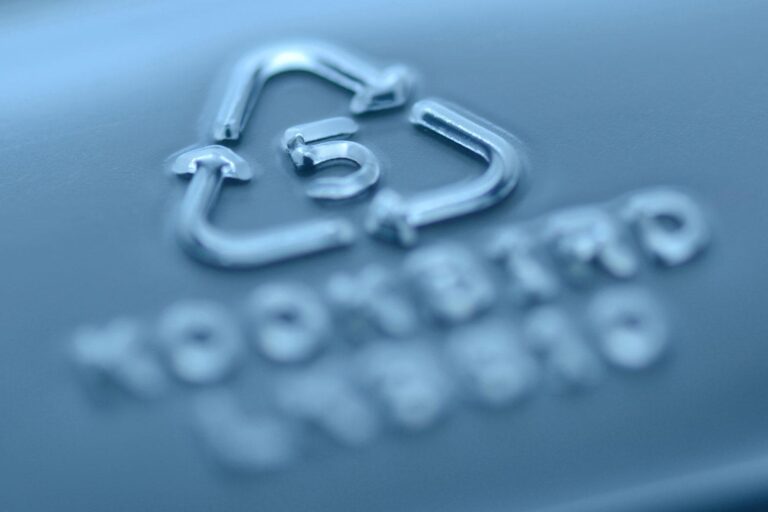Recycling numbers. They are something most of us are familiar with, at least in the sense of trying to figure out which plastics to recycle and which ones to throw away. There is obviously more to the recycling number concept than that. But here is a question: how old were you when you first learned about the numbers?
It was the mid-70s and I was in middle school. I don’t remember which grade exactly, but something tells me it was sixth or seventh grade. I remember my social studies teacher (wasn’t she supposed to be teaching us history?) introducing the class to the broad concept of residential recycling. She taught us about recycling numbers to drive home the point.
Recycle Plastic, Paper, and Glass
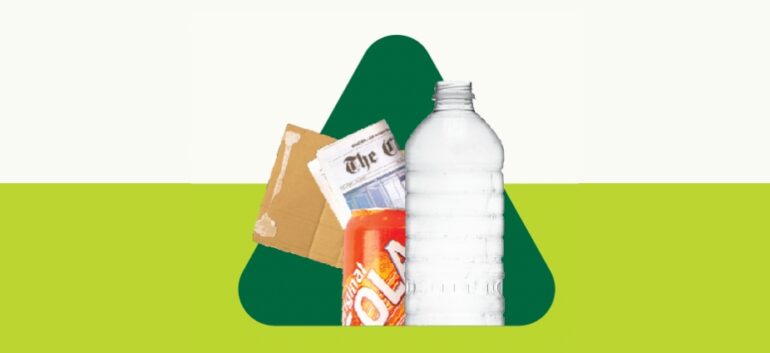
The kind teacher made it clear that we had a role in saving the planet. That role was to make sure our families made a genuine effort to recycle plastic, paper, and glass. Introducing recycling numbers seemed kind of strange because, at that time, we didn’t utilize nearly as much plastic.
We were still getting our milk in glass jars or cardboard cartons. Soft drinks were still sold in glass bottles. Most food packaging was paper, except for things like cold cuts and margarine. Plastic food packaging was limited mostly to things that had to be kept cold and preserved for a length of time. Still, those packages had recycling numbers on them.
Don’t Forget the Arrows
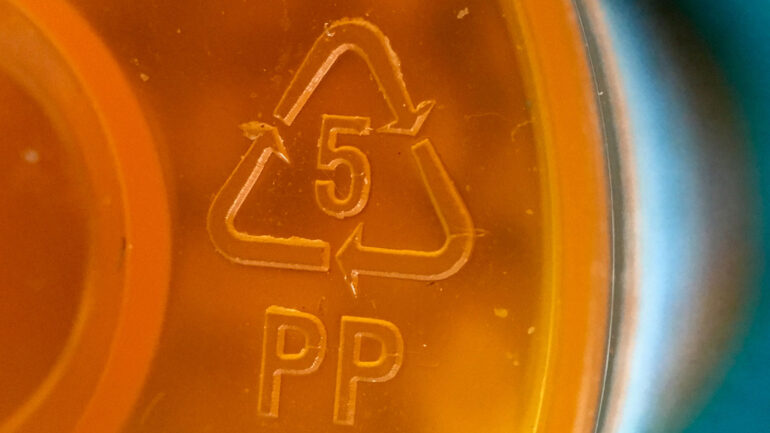
Along with recycling numbers were arrows arranged in a triangular fashion around said numbers. We were told by the social studies teacher that the arrows meant that an object could be recycled. There was only one problem: despite being encouraged to dutifully recycle, we had no means of doing so.
Back in the day, our trash was collected by the city. There was no city-wide recycling program with special trucks and crew who did nothing but pick up recyclables. The only way to recycle back then was to actually take your recyclable materials to a private sorting facility. No one did that where I lived.
The Truth About Recycling Numbers
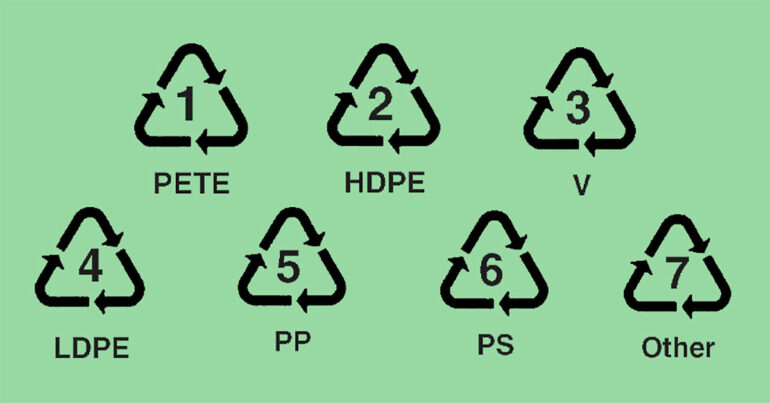
I may have been in middle school when I first learned about recycling numbers, but I was in my 40s before I learned the truth behind those numbers. The plastic numbering system was developed long before the recycling symbol with the arrows. And in fact, the numbers were never intended for consumer use.
Plastic numbers were intended to make it easier for manufacturers to identify the types of plastics they were working with. That way, the different types could be separated for easier recycling. And yes, industrial plastic recycling was a thing back then.
Today, industrial recycling continues thanks to companies like Tennessee-based Seraphim Plastics. Recyclers collect industrial plastic waste, send it through a mechanical recycling process, and churn out regrind material they can sell to manufacturers.
The Number Doesn’t Guarantee Recycling
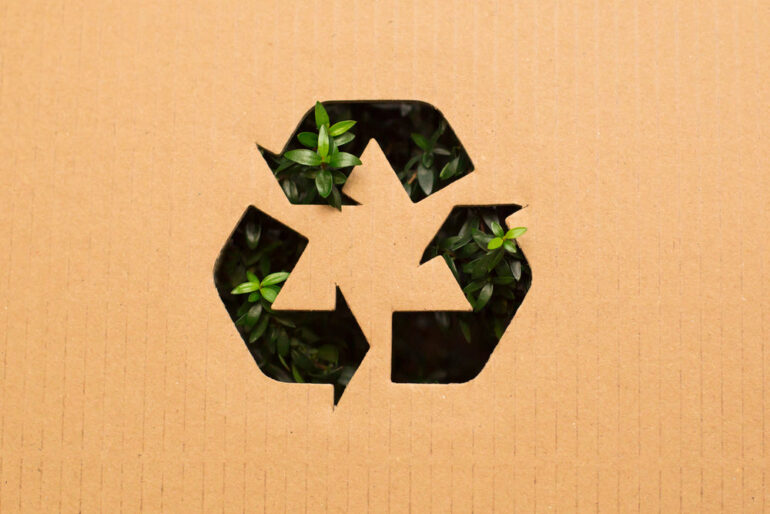
It turns out that placing a recycling number along with a symbol on a package does not guarantee that said package will be recycled. The number only tells you the type with which you are dealing. As far as the arrow symbol is concerned, it indicates that the package could be recycled if there were a company willing to do it. But that is not always the case.
Recycling numbers and arrow symbols are largely meaningless these days. They matter little to industrial plastic recyclers. As for consumer plastic recycling, it basically doesn’t happen. More than 90% of all consumer plastics end up in landfills and incinerators anyway. If you didn’t know that, now you do.

